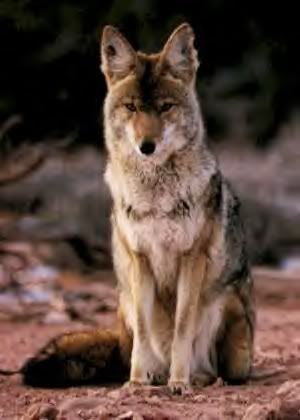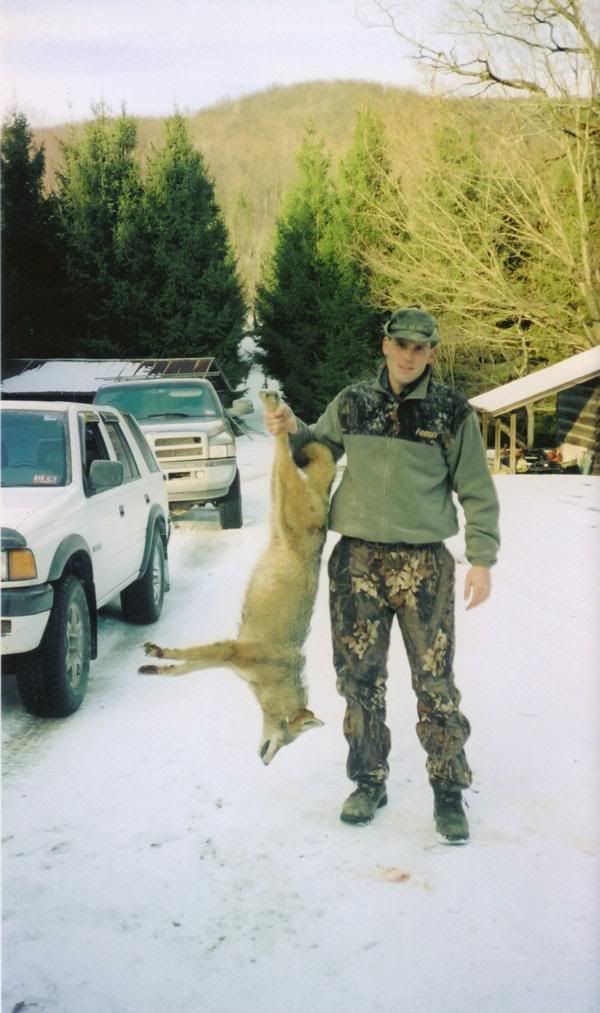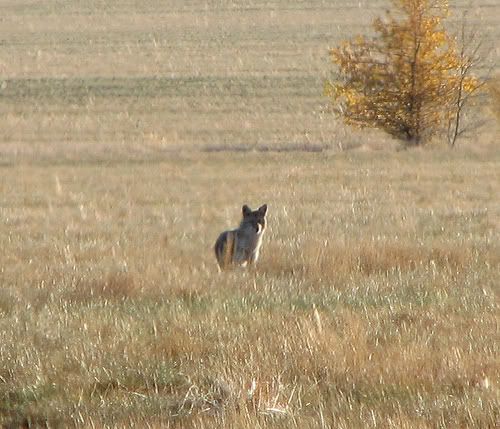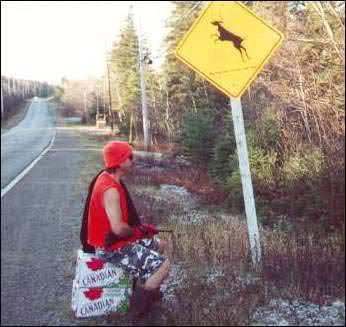Below is an article posted in the Washington Press where hunting and fishing organizations are referred to as swing groups, where there seems to be a race by sportsmen’s organizations to be politically correct, and where mule deer are expected to disappear from the Western US.
I’m afraid that Mule Deer have a lot more to worry about than global warming ( how many Mule Deer have disappeared because of lions and coyotes? ) Check out the article below, then click on this link to see how much you know about Global Warming.
Global warming could force elk and mule deer from much of the western United States. Wild trout could disappear in lower Appalachian streams. Two-thirds of America’s ducks may disappear.
A new U.S. assessment of the threat to fish and wildlife habitat has hunters and anglers calling for action.
Groups representing nine major hunting and fishing organizations planned to meet Thursday with the House committee chairman who hopes to write legislation to curtail greenhouse gases linked to global warming.
“These are the branches of the conservation movement from which I come,” Democratic Rep. John Dingell said in an interview with The Associated Press. Dingell said the groups’ concerns are very important in helping with a measure to address the problem.
Dingell is an avid sportsman whose office is adorned with hunting and fishing trophies. As the leader of the House Energy and Commerce Committee, he has promised action on climate change. He also has issued a series of reports examining legislation that would cap carbon dioxide _ a product of burning fossil fuels _ and other greenhouse gases. The Senate is considering similar legislation.
The alarm sounded by hunting and fishing organizations is significant.
They “are a critical swing constituency in so many states,” said Paul Bledsoe, a spokesman for the National Commission on Energy Policy. The bipartisan group argues for mandatory steps to reduce climate change pollution.
Alan Wentz of Ducks Unlimited Inc., one of the groups meeting with Dingell, noted that scientists are predicting that climate change “will significantly affect almost every aspect of our environment, including North America’s wetlands and waterfowl.”
The others are Trout Unlimited, Pheasants Forever, BAAS/ESPN Outdoors, Izaak Walton League of America, Association of Fish and Wildlife Agencies, the Coastal Conservation Association, the American Sportsfishing Association, Pheasants Forever and the Wildlife Management Institute, a Washington-based advocacy group for hunters and sportsmen.
“Sportsmen are seeing the effects of climate change and know full well that foresight and proactive management will be necessary to help fish and wildlife adapt,” said George Cooper, president of the Theodore Roosevelt Conservation Partnership.
A report compiled by the Wildlife Management Institute and based on work done by the groups provided a glimpse of their concerns. It says:
_Prairie pothole regions essential for waterfowl could lose 90 percent of their wetlands, causing a 69 percent decline in North America’s breeding ducks.
_About 42 percent of the trout and salmon habitat could be lost by the end of the century, with bull trout virtually disappearing in the high mountain West and wild trout from lower Appalachian streams.
_The number of Pronghorn antelope, elk and mule deer will dwindle as rising temperatures allow trees and shrubs to overwhelm the sagebrush ecosystem in the West.
_Populations of bobwhite quail will shrink in the Deep South as summertime drought and higher temperatures disrupt their breeding cycles. And drier conditions in fall and early spring will threaten quail in the Southwest.
_While an increase in water temperature and other change could benefit some salt water marine species, sea-level rise would destroy thousands of acres of coastal salt marshes and seagrass that are home to larval and juvenile game fish.
“We know now that climate change has the very real potential to affect fish and wildlife resources and activities that hunters and angers hold dear … and on a landscape level scale that is incomparable in modern times,” warned Matt Hogan, executive director of the Association of Fish and Wildlife Agencies.


 counted 2,126 mule deer during the October survey, which encompassed 21 study areas and 265.5 square miles in western North Dakota. Each spring, biologists survey the same study areas to determine a population index.
counted 2,126 mule deer during the October survey, which encompassed 21 study areas and 265.5 square miles in western North Dakota. Each spring, biologists survey the same study areas to determine a population index.




 Nevada plans to reduce mule deer tag numbers for 2008 owing to very low fawn/doe ratios. This points to coyotes, but I doubt DOW personnel are willing to acknowledge it. I think they would rather blame the weather.
Nevada plans to reduce mule deer tag numbers for 2008 owing to very low fawn/doe ratios. This points to coyotes, but I doubt DOW personnel are willing to acknowledge it. I think they would rather blame the weather.


